A Disease Risk Assessment Using Height And Weight Is
A disease risk assessment using height and weight is. Some task at height may pose either low risk level medium risk level or high risk level. However BMI and waist circumference are not diagnostic tools for disease risks. Assess the risk level of falling from height.
BMI Weight kgHeight m 2. Body Mass Index BMI and waist circumference are screening tools to estimate weight status in relation to potential disease risk. The higher your BMI the higher your risk for certain diseases such as heart disease high blood pressure type 2 diabetes gallstones breathing problems and certain cancers.
Its convenient to use because it doesnt require expensive equipment or a clinical setting to measure -- just knowledge of your height and weight -- and its useful for most people to get a general idea of your disease risk. B inadequate income to purchase food. D a high level of physical activity.
A BMI of 185249 is considered normal weight with a low risk of. A risk assessment solves these issues. These assessment of the risk of falling from height will be dependent of the specific work at height task.
Obesity Independently classified as a disease. Because of the complexity of the assessment of body fat with imaging techniques great attention has been paid to other measures of adiposity such as waist circumference WC waist-to-hip ratio WHR and waist-to-height ratio WHtR which provide information on body fat distribution although body mass index BMI is the established clinical measure to estimate the cardiovascular risk disease associated with excessive body weight. Hence our main concentration in working at height risk assessment is fall from height and falling object.
A high amount of body fat can lead to weight-related diseases and other health issues. A Disease Risk Assessment Using Height And Weight Is Abone Mineral Density. C lack of knowledge about nutrition.
BMI is an estimate of body fat and a good gauge of your risk for diseases that can occur with more body fat. Evaluated using Body Mass Index BMI criteria BMI - measure using weight and height to gauge risk of disease Considered a comorbid state due to its link to the development of other diseases and early death.
BMI Weight kgHeight m 2.
A BMI of 185249 is considered normal weight with a low risk of. Because of the complexity of the assessment of body fat with imaging techniques great attention has been paid to other measures of adiposity such as waist circumference WC waist-to-hip ratio WHR and waist-to-height ratio WHtR which provide information on body fat distribution although body mass index BMI is the established clinical measure to estimate the cardiovascular risk disease associated with excessive body weight. BMI A disease risk assessment using height and weight. It can also be used to assess their weight as a risk factor for the development of diseases. BMI is an estimate of body fat and a good gauge of your risk for diseases that can occur with more body fat. Evaluated using Body Mass Index BMI criteria BMI - measure using weight and height to gauge risk of disease Considered a comorbid state due to its link to the development of other diseases and early death. The higher your BMI the higher your risk for certain diseases such as heart disease high blood pressure type 2 diabetes gallstones breathing problems and certain cancers. Which of the following assessment techniques may be monitored weekly to track progress in meeting body composition goals. Healthdirect BMI calculator indicates any health risks in relation to your BMI.
It can also be used to assess their weight as a risk factor for the development of diseases. Because of the complexity of the assessment of body fat with imaging techniques great attention has been paid to other measures of adiposity such as waist circumference WC waist-to-hip ratio WHR and waist-to-height ratio WHtR which provide information on body fat distribution although body mass index BMI is the established clinical measure to estimate the cardiovascular risk disease associated with excessive body weight. Less than body requirements. It is calculated from your height and weight. It provides an estimate of total body fat as a proportion of total body weight and the risk of developing weight-related diseases. Evaluated using Body Mass Index BMI criteria BMI - measure using weight and height to gauge risk of disease Considered a comorbid state due to its link to the development of other diseases and early death. Hence our main concentration in working at height risk assessment is fall from height and falling object.








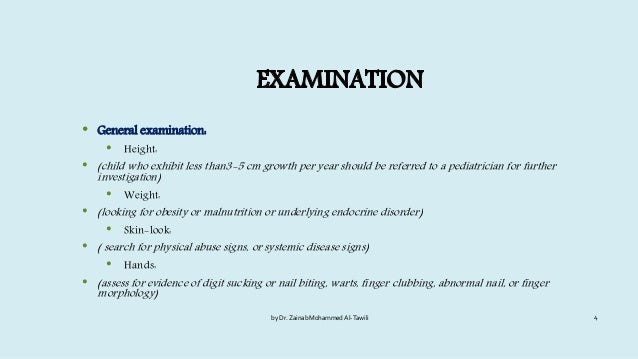



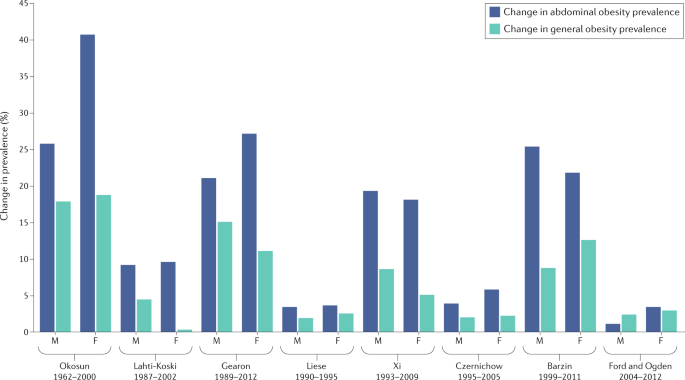

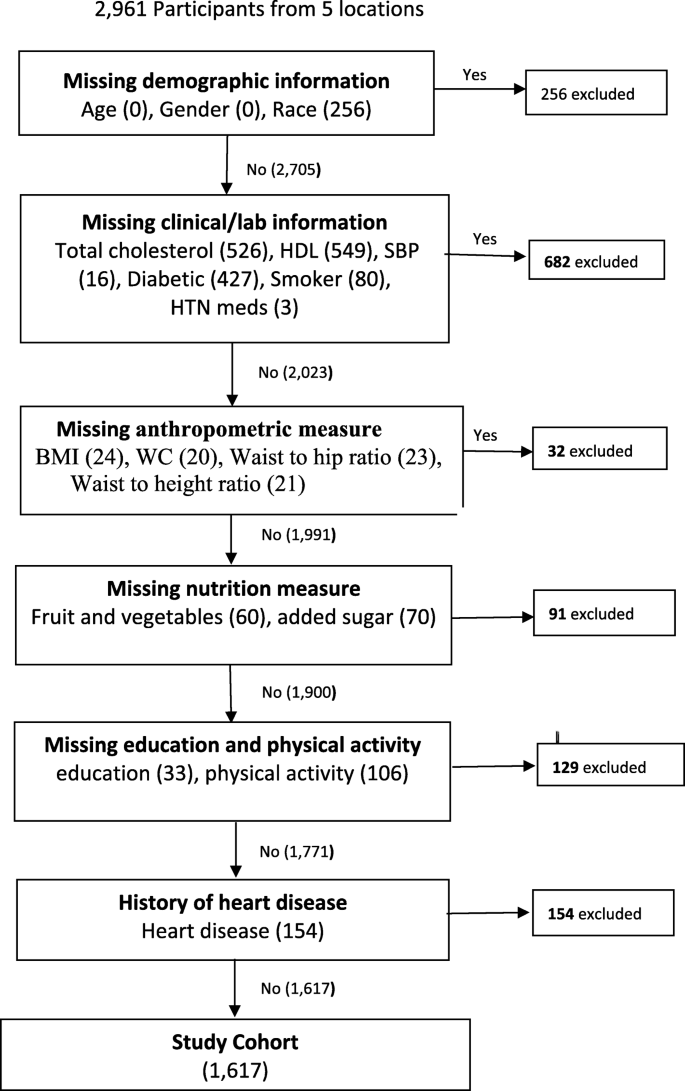



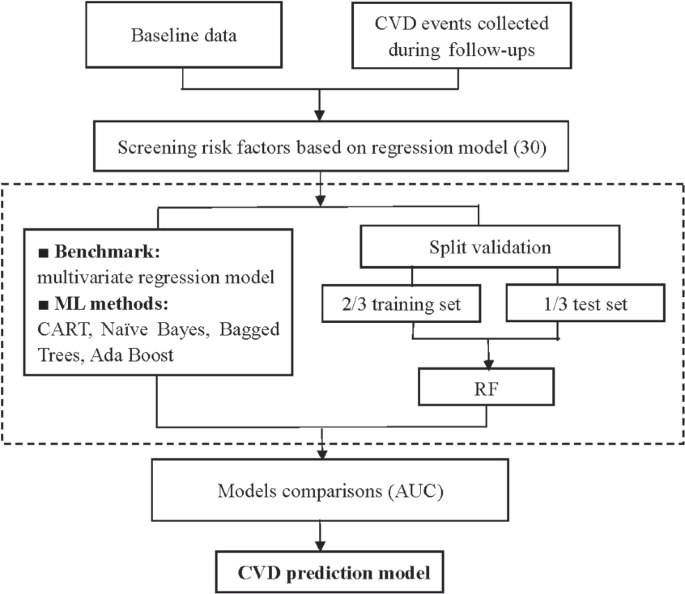




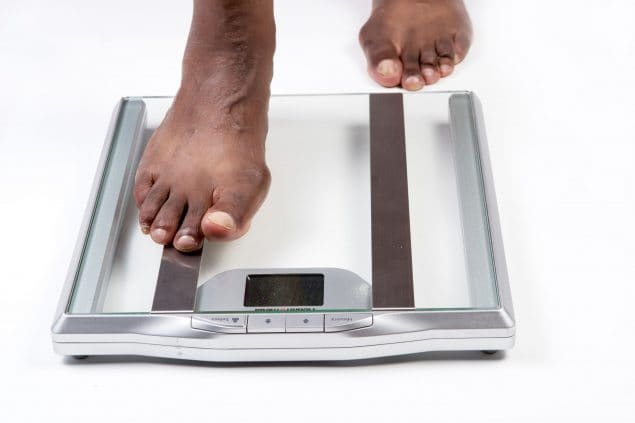

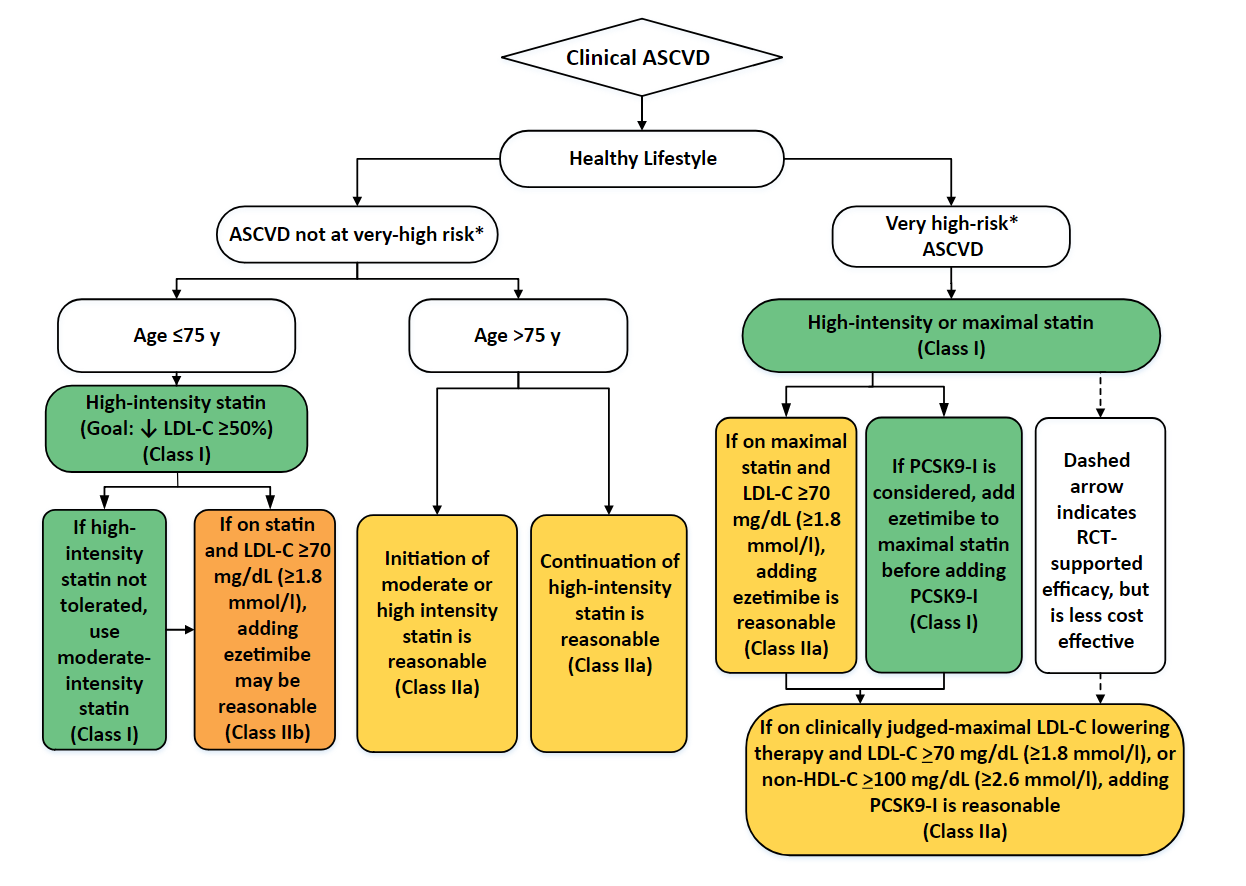

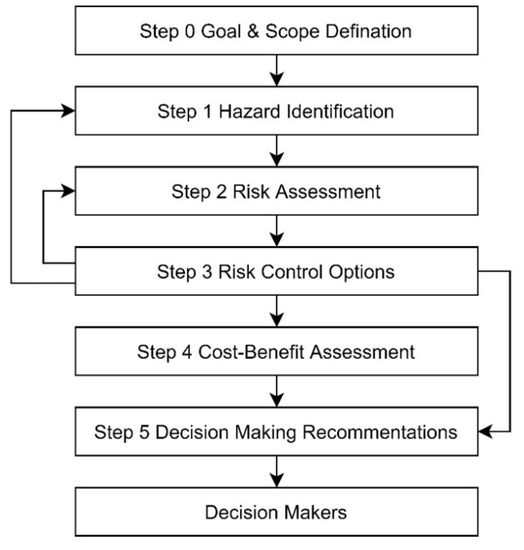

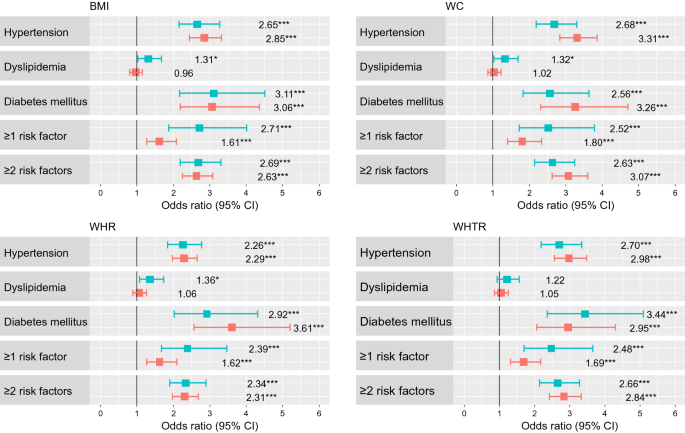



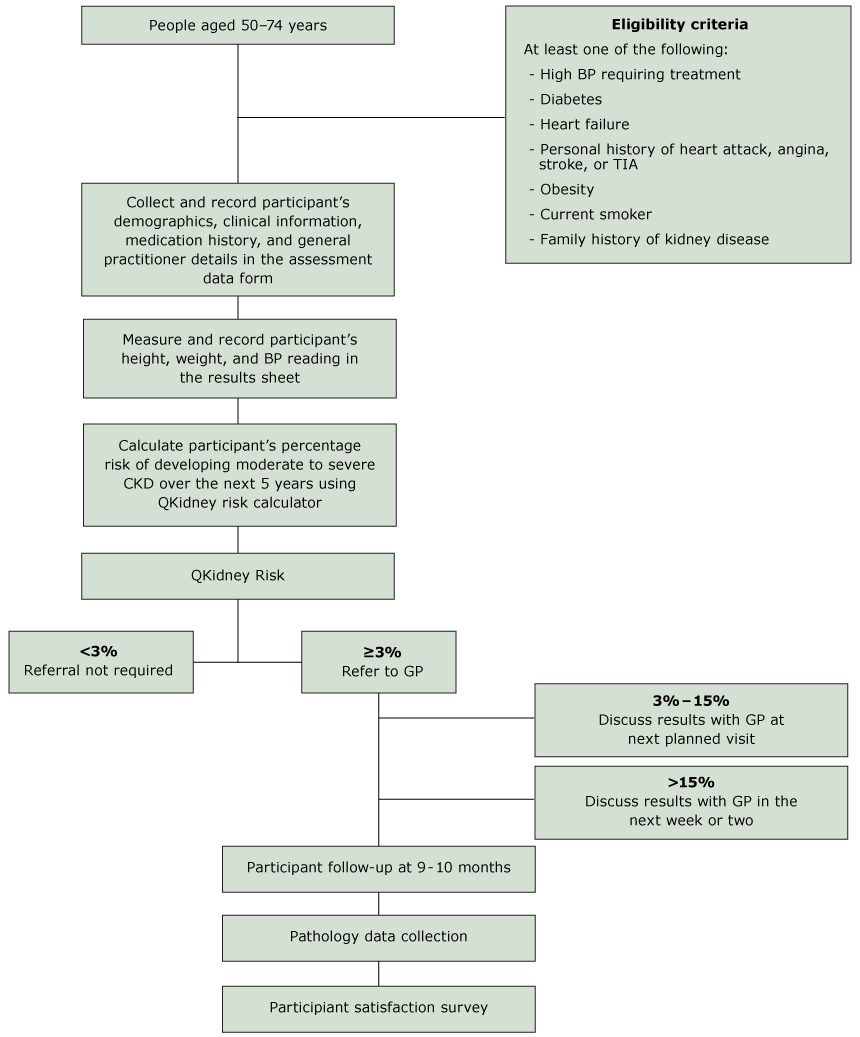






Post a Comment for "A Disease Risk Assessment Using Height And Weight Is"